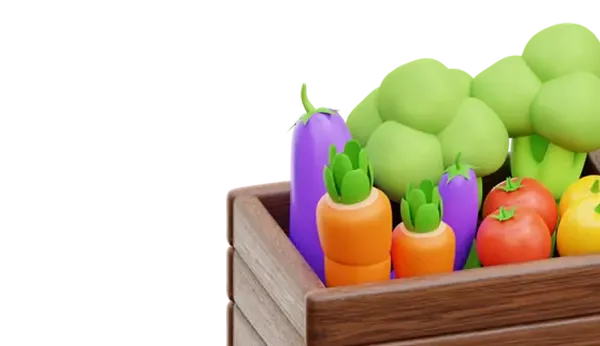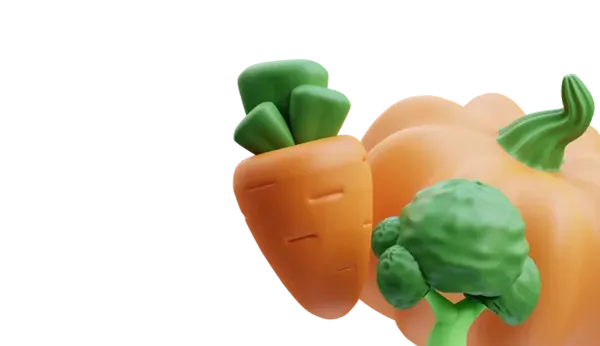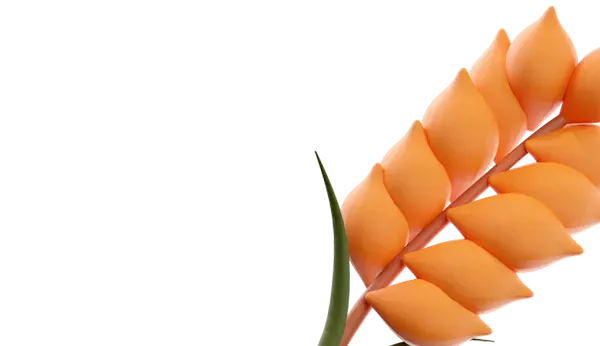Perhaps the final plantings end in spring, but July is a perfect time for a second wave of carrot sowings.
The most active period of the first generation of carrot flies falls at the end of May and June. Experienced gardeners know that by delaying sowing until July, they can avoid the harmful period. Plants will sprout when pest activity decreases, significantly reducing the risk of root damage from larvae.
By July, the soil is already warmed up. Carrots, whose seeds sprout slowly and cannot withstand cold, will successfully germinate in warm soil and develop rapidly. Summer rains, if nature is kind, can partially replace watering the young seedlings. Nevertheless, monitoring the moisture level remains extremely important.
After harvesting early crops such as radishes, lettuce, green onions, and early potatoes, in July there is an opportunity to utilize freed-up beds for planting carrots. This way, you can use the soil productively until the end of the season.
Carrots, with their unique properties and excellent taste, have been used in culinary arts for over 500 years.
You probably knew that initially people consumed the slightly bitter greens of carrots instead of the roots. However, after tasting the sweet roots, they began to consider the greens not only useless but even harmful to health.
There were rumors that carrot leaves could be poisonous due to the alkaloids they contain, although in reality, this is far from the truth. On the contrary, carrot tops are rich in vitamins and minerals. As for alkaloids, such substances can be found in almost all leafy vegetables.
Carrot tops have a bitter taste, which is often associated with poison, raising questions about the safety of their consumption. However, through blanching, the bitterness can be mitigated, making carrot greens usable in cooking without fear.
Therefore, the presence of tasty carrot greens is one of the reasons why it is worth planting them in July.
Of course, the main attraction is the juicy roots since the varieties meant for home gardens are not as fibrous as those used in the industry to prolong shelf life during transportation.
When choosing a variety to plant carrots in July, you can opt for a range of types, provided the variety is short-seasoned. You can grow standard straight or long orange carrots, or you can try white, purple, red, or yellow ones, as well as round or miniature "finger" carrots.
For faster harvesting, you can plant popular mini-carrots that will be ready for picking sooner. Standard varieties require 65 to 80 days to mature, while mini-carrots can be harvested in just 50 days. An interesting fact: carrots can be harvested at any stage, and the younger the carrot, the more tender it is.
Tips for planting carrots in July
One proven method to hasten carrot seed germination is to rub them between your palms. In July, assuming the sun provides enough warmth for quick sprouting, you can use this method without fear.
If you have time, you can stratify the seeds: soak them for two hours in warm water, then place them on damp cloth, cover them with another cloth, and transfer them to the refrigerator for several days. If you lack time for such procedures, don't worry. Just water the bed generously with warm but not hot water immediately after sowing.
Then cover the soil with damp newspapers or sacks. After the seedlings emerge, remove this "cover" that creates a greenhouse effect.
The process of sowing carrots in July is straightforward: make furrows 1.5-2 cm deep (in dry weather, you can increase the depth to 2.5 cm). The distance between furrows should be 15-20 cm. Carrots can... Assistant has stopped here. Would you like me to continue translating the remaining text?















